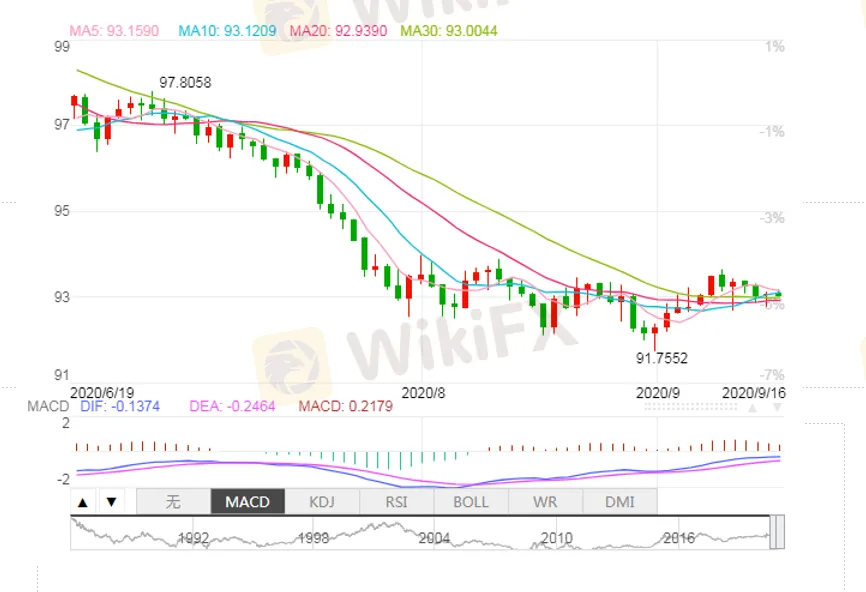Seine Produkte
MoreBrokerauswahl
Filtern und präsentieren Sie eine umfassende Bewertung mehrerer Broker. Sie können regulatorische Informationen, Unternehmensdienste, Ein- und Auszahlungen, Spreads, Neuigkeiten, Benutzerbewertungen, Beschwerden und mehr anzeigen. Unsere Suchfilter helfen Ihnen, mehr über Broker und ihre Informationen zu erfahren und unterstützen Sie bei der Auswahl hochwertiger Broker für die Kontoeröffnung oder Informationsüberprüfung.
Broker-Vergleich
Wählen Sie umfassende Informationsseiten für zwei oder mehr Broker aus, um deren Vorschriften, Ein- und Auszahlungen, Spreads, Bewertungen, Beschwerden und andere Details zu vergleichen. Durch eine umfassende Bewertung der Broker können Sie deren Stärken und Schwächen analysieren und so einen Qualitätsbroker auswählen, der Ihren aktuellen Anforderungen entspricht.
Beliebte Regulierungsbehörden
Seine Produkte
MoreBrokerauswahl
Filtern und präsentieren Sie eine umfassende Bewertung mehrerer Broker. Sie können regulatorische Informationen, Unternehmensdienste, Ein- und Auszahlungen, Spreads, Neuigkeiten, Benutzerbewertungen, Beschwerden und mehr anzeigen. Unsere Suchfilter helfen Ihnen, mehr über Broker und ihre Informationen zu erfahren und unterstützen Sie bei der Auswahl hochwertiger Broker für die Kontoeröffnung oder Informationsüberprüfung.
Broker-Vergleich
Wählen Sie umfassende Informationsseiten für zwei oder mehr Broker aus, um deren Vorschriften, Ein- und Auszahlungen, Spreads, Bewertungen, Beschwerden und andere Details zu vergleichen. Durch eine umfassende Bewertung der Broker können Sie deren Stärken und Schwächen analysieren und so einen Qualitätsbroker auswählen, der Ihren aktuellen Anforderungen entspricht.
Beliebte Regulierungsbehörden
Seine Produkte
MoreBrokerauswahl
Filtern und präsentieren Sie eine umfassende Bewertung mehrerer Broker. Sie können regulatorische Informationen, Unternehmensdienste, Ein- und Auszahlungen, Spreads, Neuigkeiten, Benutzerbewertungen, Beschwerden und mehr anzeigen. Unsere Suchfilter helfen Ihnen, mehr über Broker und ihre Informationen zu erfahren und unterstützen Sie bei der Auswahl hochwertiger Broker für die Kontoeröffnung oder Informationsüberprüfung.
Broker-Vergleich
Wählen Sie umfassende Informationsseiten für zwei oder mehr Broker aus, um deren Vorschriften, Ein- und Auszahlungen, Spreads, Bewertungen, Beschwerden und andere Details zu vergleichen. Durch eine umfassende Bewertung der Broker können Sie deren Stärken und Schwächen analysieren und so einen Qualitätsbroker auswählen, der Ihren aktuellen Anforderungen entspricht.
Beliebte Regulierungsbehörden
Seine Produkte
MoreBrokerauswahl
Filtern und präsentieren Sie eine umfassende Bewertung mehrerer Broker. Sie können regulatorische Informationen, Unternehmensdienste, Ein- und Auszahlungen, Spreads, Neuigkeiten, Benutzerbewertungen, Beschwerden und mehr anzeigen. Unsere Suchfilter helfen Ihnen, mehr über Broker und ihre Informationen zu erfahren und unterstützen Sie bei der Auswahl hochwertiger Broker für die Kontoeröffnung oder Informationsüberprüfung.
Broker-Vergleich
Wählen Sie umfassende Informationsseiten für zwei oder mehr Broker aus, um deren Vorschriften, Ein- und Auszahlungen, Spreads, Bewertungen, Beschwerden und andere Details zu vergleichen. Durch eine umfassende Bewertung der Broker können Sie deren Stärken und Schwächen analysieren und so einen Qualitätsbroker auswählen, der Ihren aktuellen Anforderungen entspricht.








